Montie Design was founded in 2006 by Montie Roland (pdf resume, word, html), a practicing engineer looking for an outlet for his desire to design and engineer great products. Montie Design moved to Morrisville, NC in 2007 to add additional space and locate closer to customers in the Research Triangle area.
As Montie Design has grown, we have been fortunate to work on a variety of awesome projects in diverse markets from electronics to sporting goods. One quarter we’re designing rackmount equipment to go in data center. Another project, we find ourselves designing an environmental test chamber for Aberdeen Proving Grounds to test equipment before it goes out to the warfighter. We’ve created consumer products like the Invisi-ball and the Fog Thief. This type of variety is great because no two projects are ever the same.
Look to us for help with:
- Mechanical Engineering / Product Engineering / Product Development
- Industrial Design
- Prototypes
- Electrical Engineering / Firmware / PCB Layout
- Consultation on Product Viability
- Project Management
- Product / Brand Management
Our President has this crazy passion for designing equipment to make life in the outdoors more fun and more comfortable. This passion was put in motion in 2009 when we started the Montie Gear product line. This was originally started as our own skunkworks for fun. In 3-1/2 years it went from a few concepts to a six figure a year operation. Today Montie Gear is a separate company and has over 30 unique products. While we are very passionate about designing products for camping, shooting and the great outdoors, we stand ready to put that same enthusiasm and knowledge to work designing and engineering great products for you. If you are looking for a shooting rest or slingshot, please www.montiegear.com.
There are several areas where we really stand out with the services that we provide.
Designing and Engineer Low-to-Medium Volume Products
Montie Design excels in the difficult area of designing low and medium volume products. We are experts at balancing capital / tooling expenses with product costs. With decades of experience in product engineering, we are ready to deploy our process and move your product from concept to market.
Electronics Enclosures and CFD / Thermal Analysis
The design phase is critical to keep electronics cool, avoid EMI / EMC issues, and predict thermal issues. We perform thermal analysis in-house using state of the art CFD (computation fluid dynamics) tools for accurate and reliable results.
Outdoor Equipment
We enjoy building rugged equipment for outdoor sporting and downrange applications with experience in shooting sports such as firearm accessories and slingshots. Camping, hiking, shooting and backpacking are passions of ours. We pour that passion into your product! This includes designing accessories for firearms, military, tactical and slingshots.
Gathering Social Reviews for Clients
We connect your new product to active bloggers, writers, and lead users to allow those experts to lend their credibility to your product. This is vital, because most customers now check internet reviews before purchasing. We can assist you in creating this base of reviews that are so critical for customers.
Strong Vendor Network
Take the risk out of receiving your prototype on time! Our great vendors, that we have successfully worked with for years, allow us to extend great service. Our responsive vendors provide a range of services that include waterjet cutting, rapid machining, rapid sheetmetal, paint, powder coat, rapid prototyping, rapid tooling and CNC machining. If we can’t do in-house, we generally have a local vendor that can respond quickly and help us make your prototype, or limited production run, a reality.
Sustainability Analysis Tools
Our easy-to-understand report shows your customers exactly where you stand when it comes to sustainability. There are no difficult to understand metrics. Our common sense approach will update your customers on the success of your product sustainability.
Read more at https://montie.com/#U6K8ukfuzCG59KDV.99
[Transcript]
Audio File: 2014 Feb 17 – About Montie Design.mp3
Audio Length: 11:08 minutes
Hello, my name is Montie Roland. I’m the president of Montie Design in Morrisville, North Carolina. I wanted to take a few minutes to introduce you to Montie Design.
Montie Design is what we call a full-service design firm. We provide mechanical engineering, industrial design, and we also build prototypes. There are also requirements that we need to fulfill for electrical engineering and software development and firmware development. And so we can help with that as well.
Our core competency is those first three – mechanical engineering, industrial design and prototyping. What we do is fill in gaps. We take your project and we go from an estimate to a completed job. Usually a kind of a workflow, when it comes to a project, goes through several stages. The first stage is the information gathering and understanding. Well, what we want to do is understand what you need us to accomplish so that we can put together a proposal. And that proposal is usually an estimate with stages to it. Sometimes we work against an estimate on a time-of-materials basis, and other times we work as a firm fixed price.
Projects go from, you know, creating that estimate to . . . the next stage is usually the industrial design stage. The industrial design stage is where we sit down, work with you to understand your vision. And then take that vision and commit it to concepts on paper. Sometimes those are hand drawn sketches; sometimes those are computer generated assets. But what we want to do is take your vision and pluck that vision out and then get it down on paper so we understand it. Then we also want to take our understanding of other industries and see where we can bring other techniques, other technologies and other approaches to bear. So what we’re trying to do there is to make sure that your product has the benefit of the knowledge that we’ve gained over the years doing projects for other people.
And that way you’ve got a broad perspective on your next product. We want to look and see what, you know, what are people doing in your industry and what are people doing across other industries. Bring that into the product development process so that your product is robust, fits the market, and also, you know, we’ve looked to see where we can bring value to your product and to your customer by bringing in other technologies and other approaches and other thoughts.
So, we take that; generate sketches and additional assets, depending on the project. And then we may build what’s called a “massing model”. And a massing model’s a prototype where it’s really only meant to show size and shape and just general, is it the right size. So, you can hold it. It’s usually not functional, but it gives you a feeling; you can actually put it in your hands, turn it, show it to people. A lot of times what that also does between that and the sketches and the renderings, compare that to your spec or, if need be, we can develop that spec for you. And once you put something down on the table, that’s also when the unwritten requirements come out. Because that’s when someone says, “Hey, Montie. We need to do this” or “No, this can’t be more than two inches tall” or twelve inches or one-six pounds or it needs to do that. And those undocumented requirements are understated requirements then have this opportunity to flow out; we can capture those early on because finding out that the product didn’t perform as advertised at the end of the project is not good. So, we want to capture that in the beginning so we build in success from the front.
We go from there to an engineering phase. As soon as we can we want to build a prototype. In the engineering phase we take our mechanical engineers, start making solid works, solid models. Testing those models with computer-aided tools like finite element analysis or computational fluid dynamics (or CFD) for airflow and thermal analysis. We use that to, I guess, prototype digitally and then pretty quickly we want to build a mock-up. And depending on the project and the scope, some mock-ups may be to test a particular thing; for example, airflow. We might build a mock-up that’s aimed completely at testing airflow to verify and validate our CFD results.
So, then we go through there and build models in the computer (SolidWorks). And then build a prototype. And as we go forward our prototypes, you know, the cost of these prototypes increases. Obviously, if you’ve got a block of foam that someone worked on for an hour its much less expensive than if you have, you know, a fully functional, fully developed engineering-grade prototype that tests out functionality, aesthetics, manufacturing concepts. So we want to match the prototype to your needs, or the needs at that point. There again, so we want to make sure that we’re containing costs where we need to. And make sure that we’re providing you with high value for the money you’re spending.
So, build a prototype. Test that prototype. Make any adjustments to the design based on that testing. And then go out for quotes. So we go out for quotes and come back with a costed bill of material. So you now know what it’s going to cost to build your product and production.
So, we’ve added some tremendous value in several areas here. One is that we’re helping you to leverage our relationship with vendors and component manufactures, contract manufacturers. So we’re taking our relationships, introducing you to the people you need to be introduced to. And then also working with them to generate this costed bill of materials that tells you what it’s really going to cost to manufacture your product at the quantities you want to sell it at. And that’s something we’re good at. That’s something we bring a tremendous amount of value to the table with. Because of those relationships, because of our understanding of how to make this happen, and also, too, to help save you money because you’ve got folks that are on your side (us) and helping you work through questions with vendors and contractors. And so we’re putting our experience to use. And also, you may have all this experience in-house. At the same time, it may be what we’re simply doing is providing a relief for your staff, so they can be doing other potentially higher-value activities, or things that they’re better at, and then we can work on the things we’re good at and get those through your pipeline quicker, and to where they’re on the shipping dock and you’re selling them and you’re adding to your bottom line.
So, at the end of the day, our job is to help you drive towards improving your bottom line. We want to have products that are robust and that are profitable and that are manufacturable. That’s Montie Design. We take you through that process. Our job is to serve you and help you turn that next product concept into that next product winner.
If you have any questions, please don’t hesitate to give me a call – it’s Montie Roland, 1-800-722-7987. Visit us on the web – www. montie.com. Or shoot me an email – montie (M-O-N-T-I-E)@montie(M-O-N-T-I-E) .com. And my staff, as I say, we’re here to serve you; do a good job for you, and add a tremendous amount of value to your product development and engineering process. Please give me a call and let’s talk about that project that’s on your desk, or the one that’s going to be on your desk soon, and let’s make your life a little easier and your company more profitable. Montie Roland, signing off.
END AUDIO
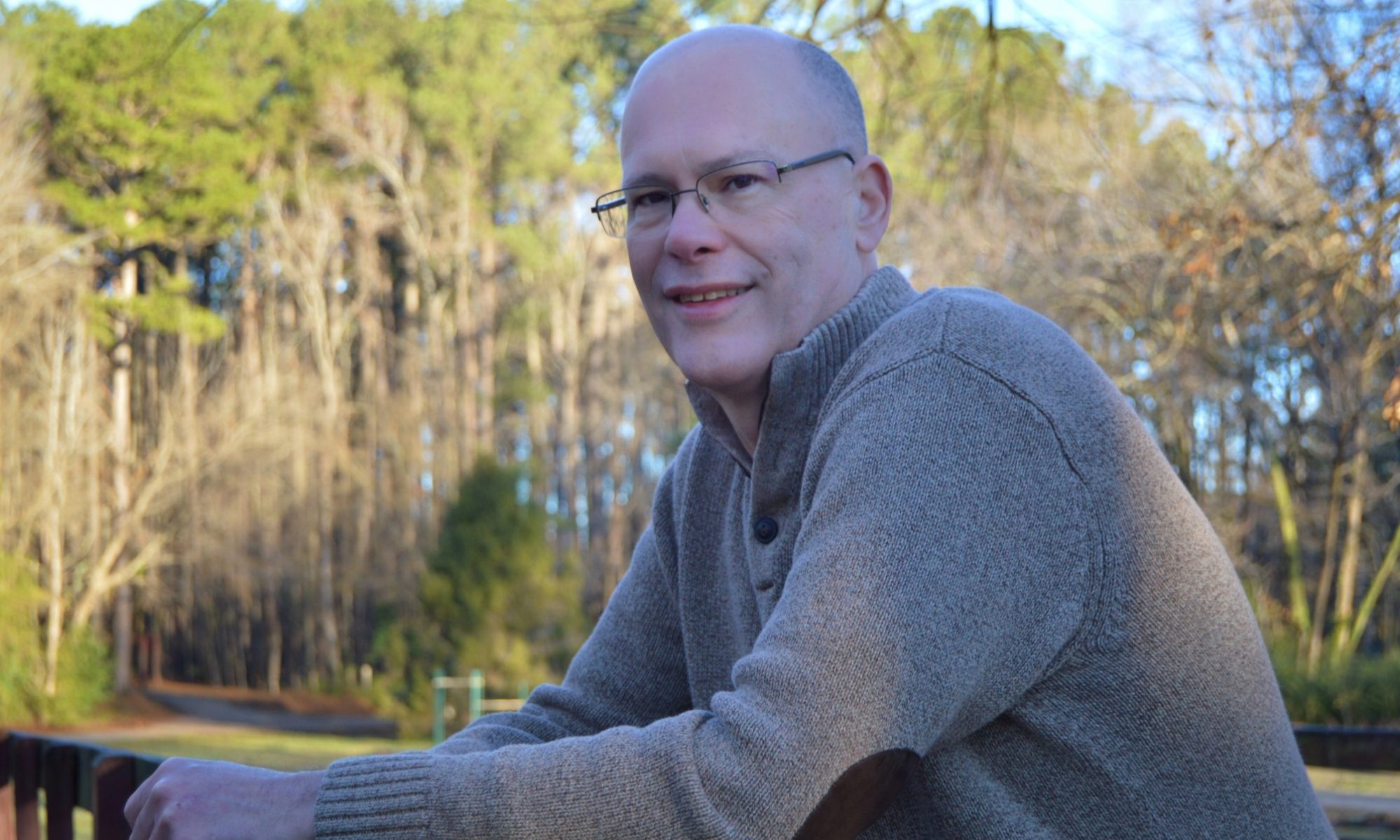
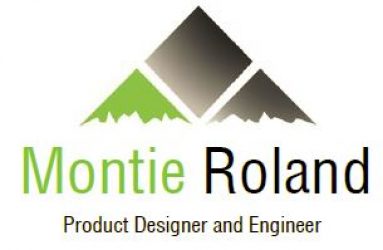














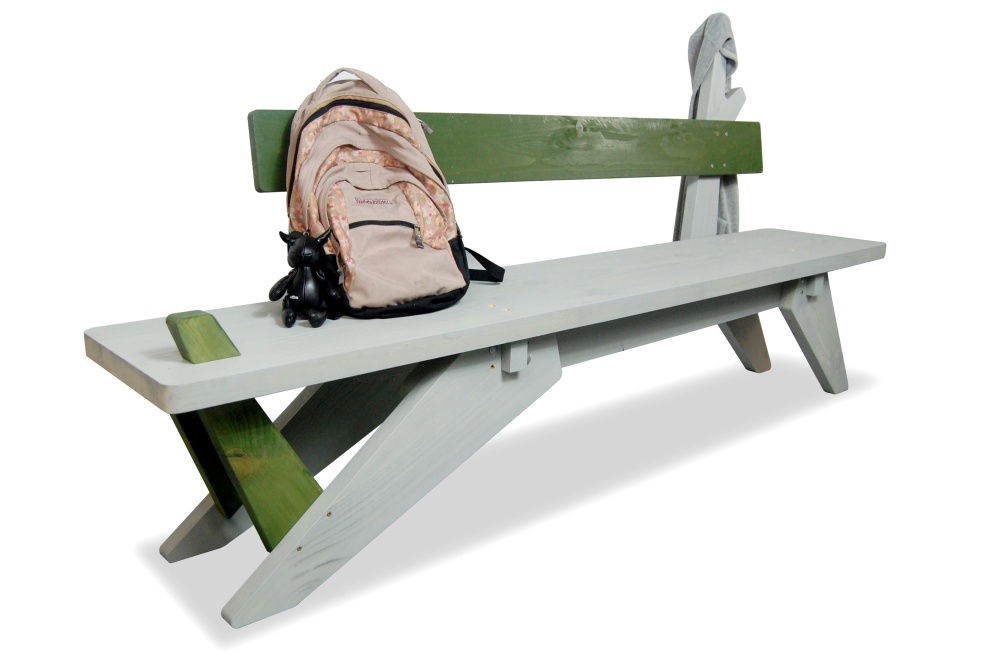
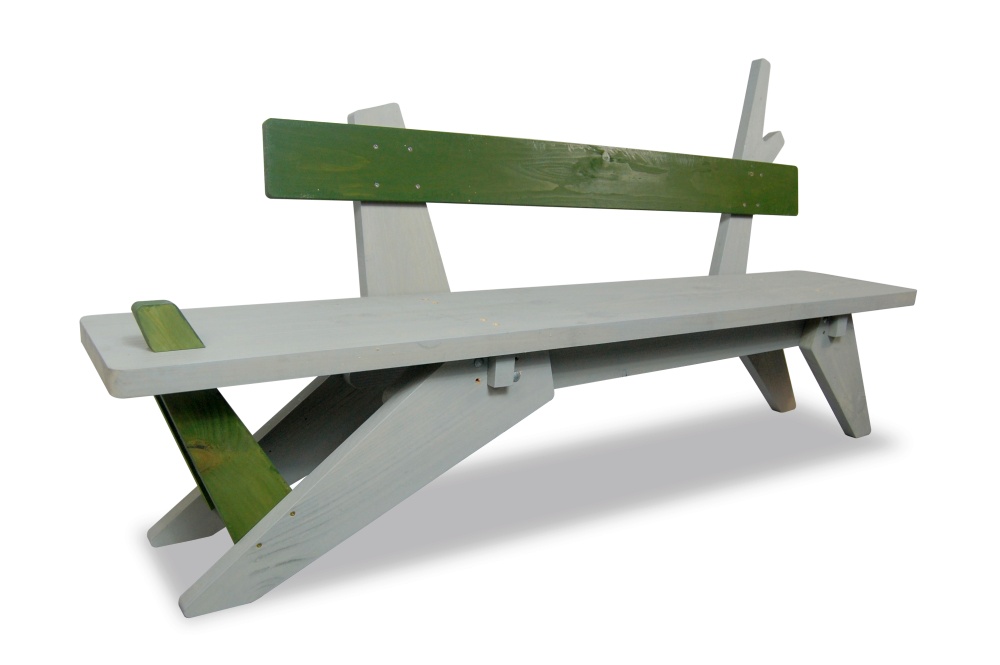
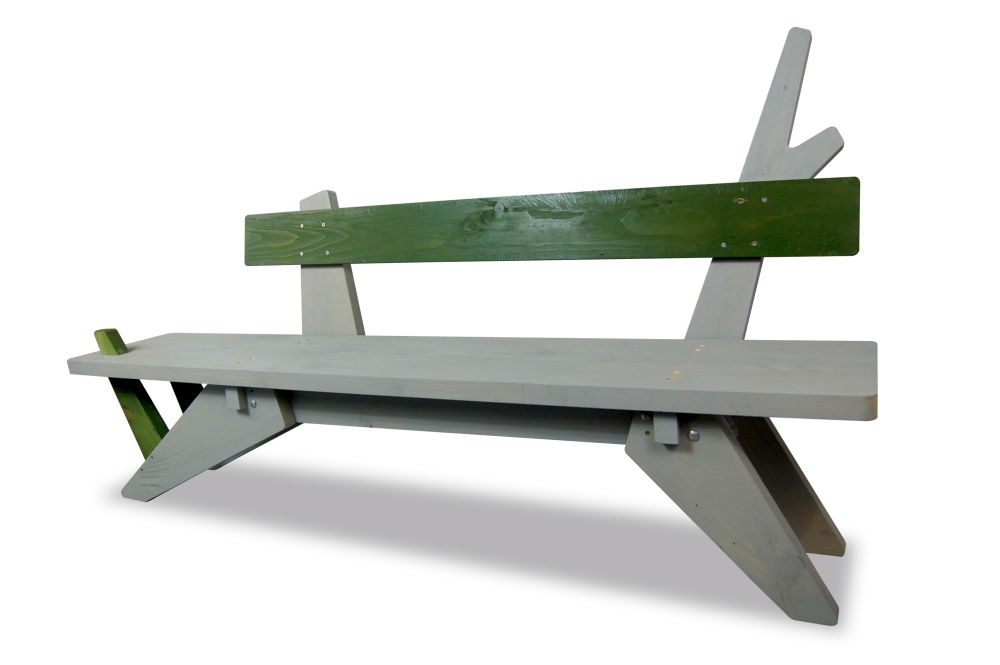
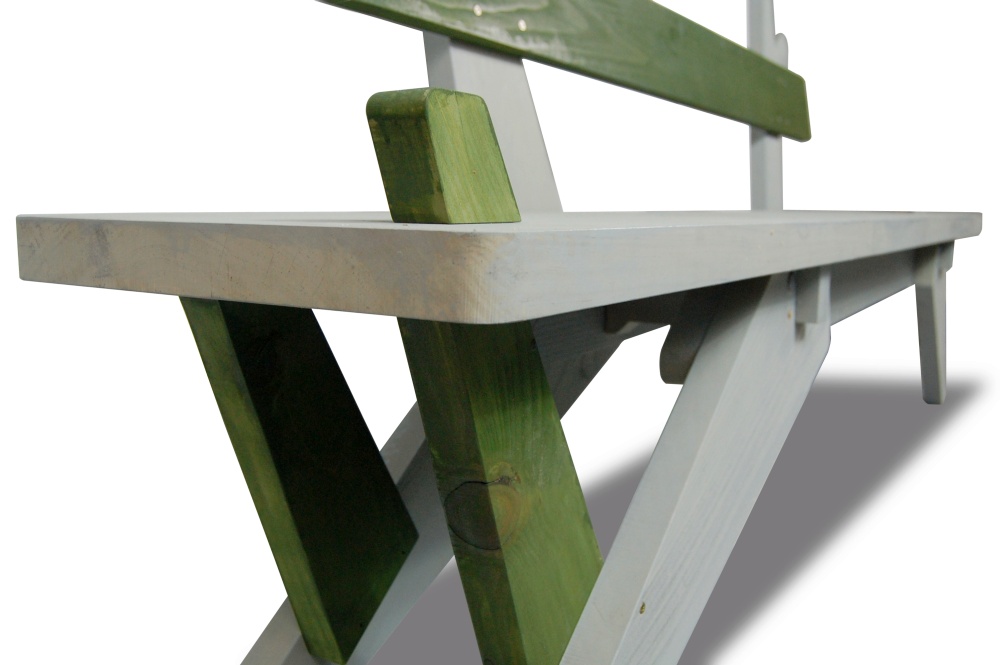
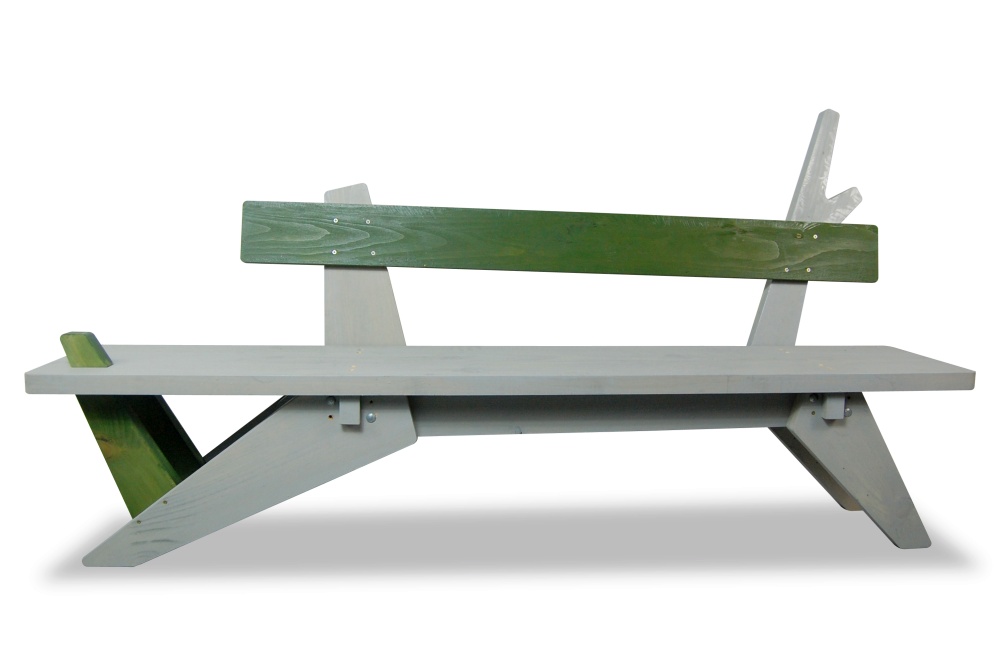

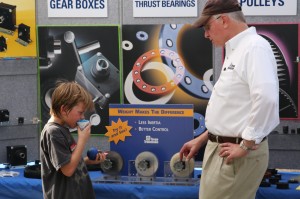 The
The 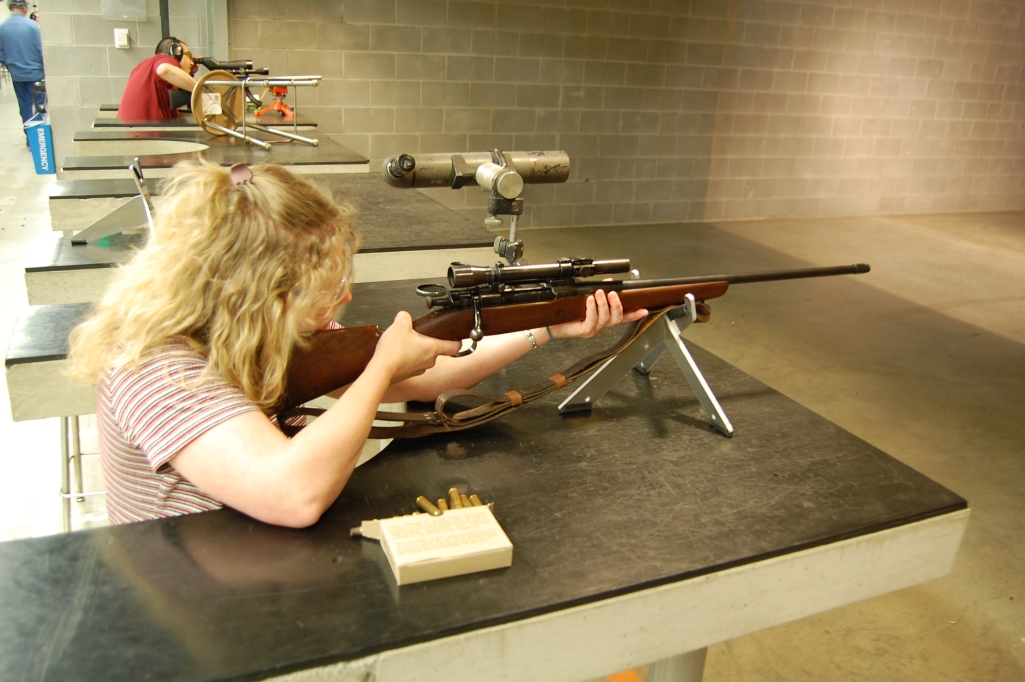 (Morrisville, N.C.) Collaborative product design and development firm Montie Design announces the availability of its unique portable shooting rest, the second original product conceived, designed, and distributed by the RTP-based company in the last nine months. Designed to meet the needs of all shooters as well as most firearms, the easy-to-carry rest weighs less than two pounds and disassembles easily in three pieces, fitting neatly into a small carrying case. Unlike conventional bench rests, which are heavy and complex, the novel Montie Design model — made of sturdy yet lightweight aluminum — provides steady support for different sized long guns ranging from semi-automatic and bolt action rifles to shotguns, carbines and pistols.
(Morrisville, N.C.) Collaborative product design and development firm Montie Design announces the availability of its unique portable shooting rest, the second original product conceived, designed, and distributed by the RTP-based company in the last nine months. Designed to meet the needs of all shooters as well as most firearms, the easy-to-carry rest weighs less than two pounds and disassembles easily in three pieces, fitting neatly into a small carrying case. Unlike conventional bench rests, which are heavy and complex, the novel Montie Design model — made of sturdy yet lightweight aluminum — provides steady support for different sized long guns ranging from semi-automatic and bolt action rifles to shotguns, carbines and pistols.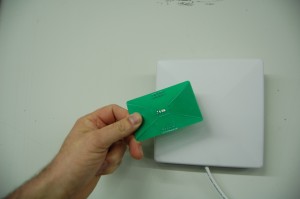 (Morrisville, N.C.) Collaborative product design and development firm Montie Design is now actively selling its innovative radio frequency identification (RFID) detector card to domestic and international clients. Small enough to fit into a shirt pocket or clip to an ID badge, Montie Design’s product enables users and installers to detect whether an RFID reader is actually sending out a signal.
(Morrisville, N.C.) Collaborative product design and development firm Montie Design is now actively selling its innovative radio frequency identification (RFID) detector card to domestic and international clients. Small enough to fit into a shirt pocket or clip to an ID badge, Montie Design’s product enables users and installers to detect whether an RFID reader is actually sending out a signal.